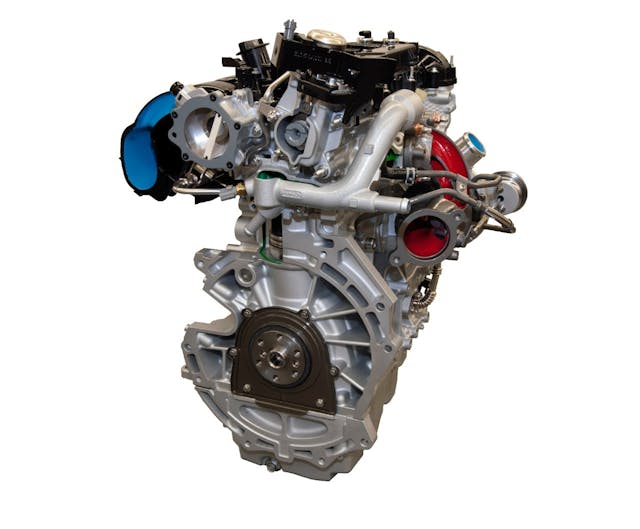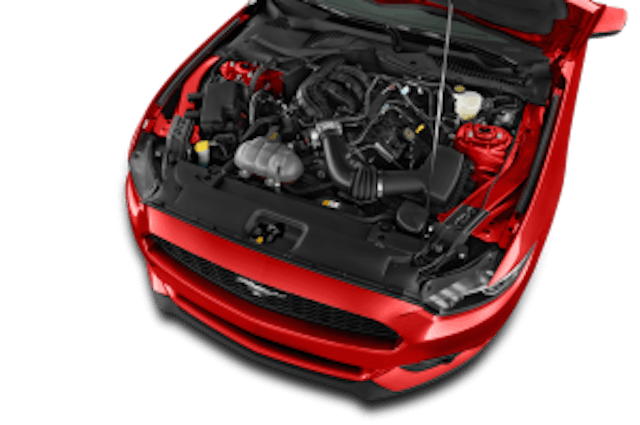Piston Slap: V-6 or turbocharged 4-cylinder for cost-effective cruising?

Edward writes:
Not sure if this is the type of question you are looking for, but here it is. (We answer just about every question here at Piston Slap! – SM) I am considering buying a used Mustang convertible. I am interested in your comments on the V-6 engine vs. the four-cylinder turbo engine. My overwhelming criteria is reliability and cost of ownership, not performance. I am 74 years old now and have moved past performance and into the world of reliability. Any guidance you could give me would be appreciated.
Sajeev answers:
This is a fantastic question, and yes, this is the stuff I love to answer for this series! (Would love to get more of this, so please email me at pistonslap@hagerty.com)
Here’s the deal: When it comes to cost of ownership concerns in a used car, design simplicity is probably the most important aspect to consider. But keeping it simple is far from the only aspect, as Teslas are some of the simplest designs on the planet … but the parts/repair availability and service after the sale leave something to be desired. Which is another reason why I am a big fan of the air-cooled Nissan Leaf … but I digress.

While the Ecoboost mill in modern Mustangs has a good reputation for durability, I generally have concerns with ongoing maintenance. You know—that stuff never discussed in the automotive media, because they/we tend to forget cars exist after the warranty runs out. So let’s dig into it.
The issue(s) lie in the turbocharged, direct-injected nature of these designs. Direct injection tends to muck up an engine with carbon deposits (Ecoboosts are no stranger that, with possibly serious consequences), or do even worse things. The other part is the extra hardware (especially the additional plumbing) associated with turbocharging. Plumbing engine oil to a turbocharger invites leaks over time, not to mention the unintended consequence of exhaust-driven forced induction is an extra hot work environment for every bit of rubber under the hood. Multiply these issues over the course of years of heat cycling, performance driving, and deferred maintenance schedules and you have a valid reason to prefer a naturally aspirated engine instead.

While V-6 engines aren’t perfect in terms of packaging constraints (turning into excessive labor costs), the Mustang’s rear-wheel-drive architecture gives adequate room for Ford’s 3.7-liter Cyclone. Well, at least by modern standards. (Or by Ford Aerostar standards.) The Cyclone is also port-fuel injected, so forking over cash to address carbon buildup is an unlikely concern. And for those in the know, this engine has an externally-mounted water pump, lacking the nightmare repair scenarios of its internally-mounted counterparts. I reckon the Mustang’s Cyclone V-6 is more cost-effective to own than the Coyote V-8, even if they had similar fuel economy figures.
Speaking of fuel consumption, the only real perks to the turbocharged four-banger is potentially better fuel economy, and the fact that you can get a newer example (2017-up) with a potentially longer service life. If I were in your shoes, I’d be on the hunt for a clean, one-owner, 3.7-liter Mustang with a service history. Find the right one and you’ll be happy for years.
Have a question you’d like answered on Piston Slap? Send your queries to pistonslap@hagerty.com, give us as much detail as possible so we can help! If you need an expedited resolution, make a post on the Hagerty Community!

